My Hard-Won Secrets to Gluten-Free Holiday Cookies That Don’t Suck
For the longest time, my world was built on classic pastry. I knew exactly how flour, butter, and sugar should behave together. Then, real life happened—my sister was diagnosed with celiac disease, and suddenly, my professional foundation felt like quicksand. The first gluten-free cookies I tried to make for her? A complete and utter disaster. We’re talking gritty, greasy wafers that tasted like sad, dusty cardboard. It was humbling, to say the least.
In this article
But that failure lit a fire under me. It sent me down a rabbit hole of obsessive research into alternative flours, starches, and the science behind them all. This guide is the culmination of that journey, filled with all the hard-won lessons from countless failed batches. We’re going to get past just recipes and into the why—the techniques and pro habits that truly make the difference between a crumbly mess and a cookie that nobody would ever guess is gluten-free.
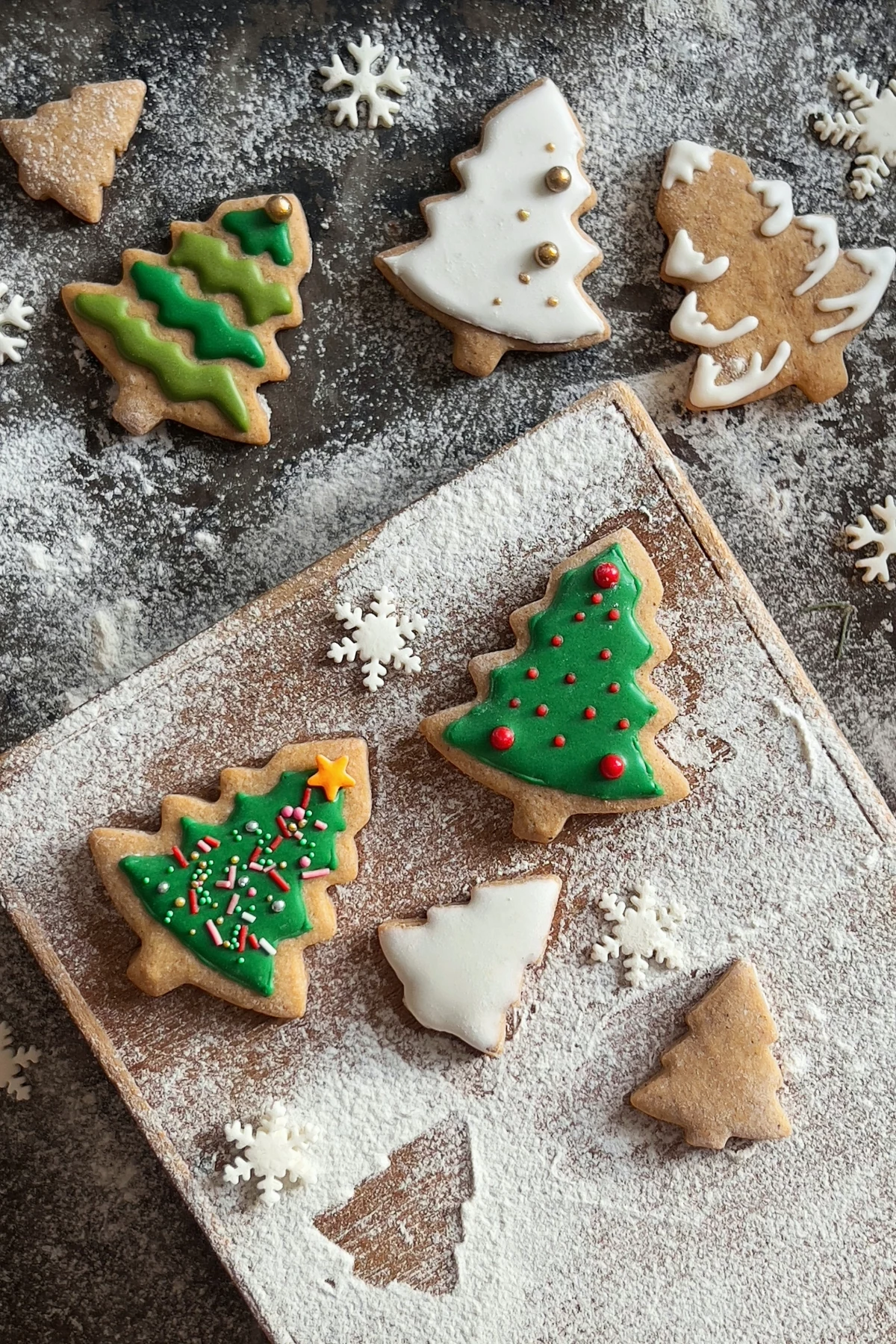
First Things First: Why Gluten-Free Baking Is a Whole Different Beast
To really nail gluten-free baking, you have to understand what you’re working without. Gluten, the protein in wheat, is pretty magical. It creates an elastic web that traps air, giving baked goods that familiar structure, chew, and volume. Without it, you’re basically starting with a pile of dust and trying to make it hold together. Our job is to rebuild that structure using a different set of tools.
Your Gluten-Free Flour ‘Dream Team’
Here’s the first rule: you can’t just swap wheat flour for one single type of gluten-free flour and expect good results. It just doesn’t work. The secret is using a balanced blend, where each component has a specific job.
- The Foundation (For Structure & Flavor): This is your base, usually a whole-grain flour like brown rice or sorghum flour. It provides the core structure and a subtle, nutty taste.
- The Tenderizer (For Lightness): This is a starch, like potato starch or cornstarch. These guys keep things from getting dense and heavy, giving you that tender crumb we all love.
- The Softener (For a Good Chew): A starch like tapioca starch is key for adding chewiness and helping with boding. It’s what stops a cookie from being too crumbly.
By the way, if you’re feeling adventurous or want to save a few bucks, you can totally mix your own all-purpose blend. My go-to base is a simple ratio: for every 240g of brown rice flour, add 80g of potato starch and 40g of tapioca starch. Whisk that all together in a big container, and you’ve got a solid foundation for most recipes.
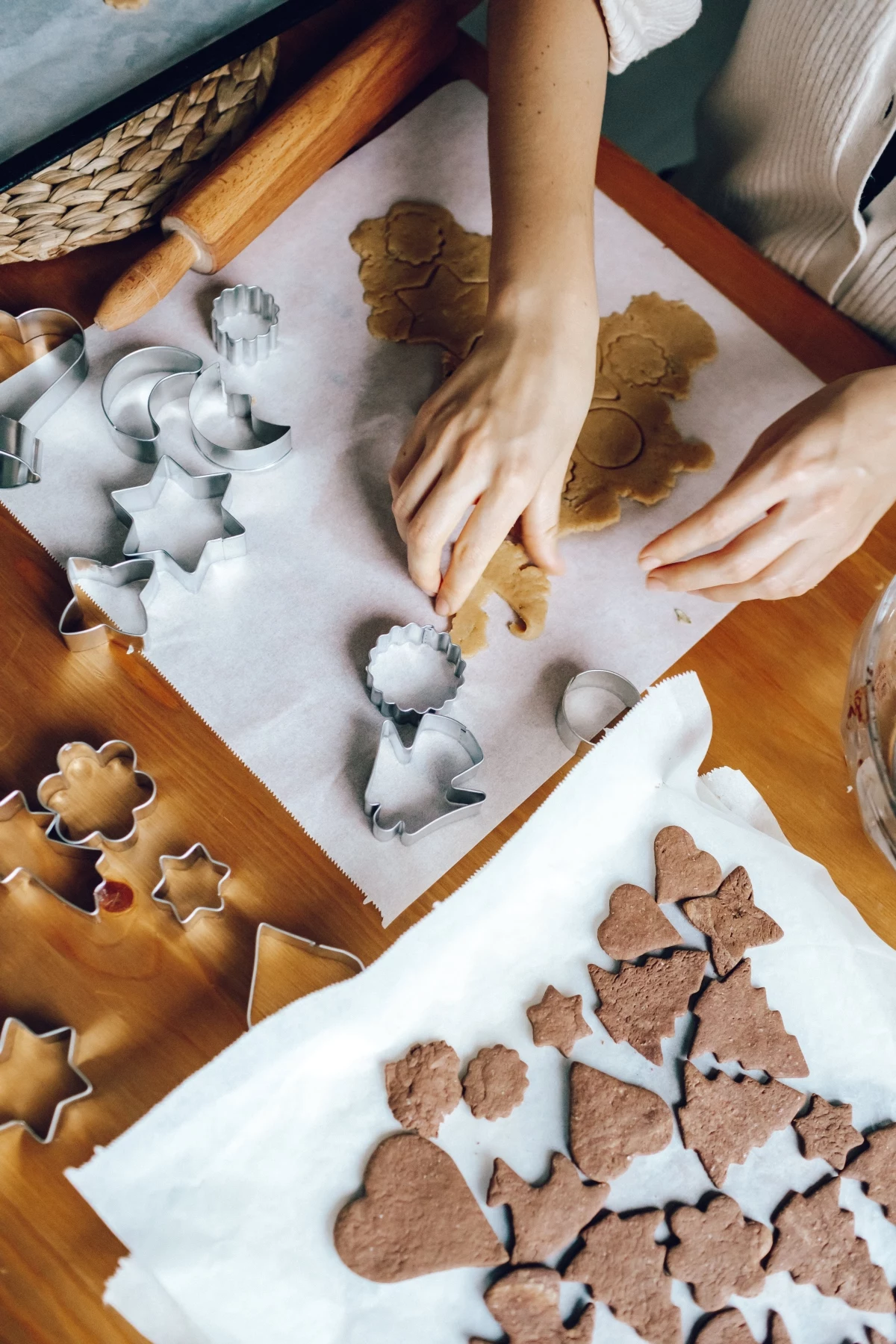
The Essential ‘Glue’: Xanthan Gum
Xanthan gum is our stand-in for gluten’s elasticity. It’s what holds the cookie together and keeps it from turning into a sandy pile on the baking sheet. But be warned: a little goes a very long way. Too much, and you’ll end up with a gummy, even slimy, texture. Yuck.
Good to know: Most commercial blends you’ll find at the store, like Bob’s Red Mill 1-to-1 or King Arthur Measure for Measure, already have xanthan gum mixed in. If you’re using your own DIY blend, a good rule of thumb is to add 1/4 teaspoon of xanthan gum per 1 cup (or around 120-140g) of flour blend for cookies.
Heads up on cost: Let’s be real, gluten-free baking can be pricey. A good pre-made blend might run you $8 to $12 a bag. Xanthan gum can seem expensive at around $10 for a small package, but that one package will honestly last you for ages. Think of it as an investment in your baking success.

Pro Habits for Seriously Good Cookies
The best recipe on earth will still fail if your technique is sloppy. With gluten-free baking, being precise isn’t just for show-offs; it’s essential. These are the habits that have saved my cookies time and time again.
1. Weigh Your Ingredients. I’m Begging You.
If you take only one thing away from this, let it be this: buy a digital kitchen scale. It is, without a doubt, your most important tool. Gluten-free flours have wildly different densities. A cup of brown rice flour you scoop can weigh way more than a cup that’s been fluffed up. That inconsistency is the number one reason for failed batches. A scale, which you can get for under $20 online or at stores like Target, guarantees your results are repeatable every single time.
2. Understand ‘Room Temperature’ Butter
Recipes love to say “room temperature butter,” but that’s a surprisingly technical term. It does NOT mean melty or greasy. The sweet spot is around 65°F (18°C). When you press it with your finger, it should leave a clean indent, kind of like a ripe avocado, without feeling oily. This is critical for creaming, where sugar crystals cut into the butter and create thousands of tiny air pockets that help your cookies rise.

Oh, and no stand mixer? No problem! A regular hand mixer works great, just add an extra minute or two to the creaming time to make sure it gets light and fluffy. And if you’re really old-school, you can do it by hand with a sturdy spatula and some serious arm strength. It’s a workout, but totally possible!
3. Don’t Skip the Chill! (Seriously.)
This step is non-negotiable. Gluten-free flours are incredibly thirsty and absorb moisture way slower than wheat flour. Chilling the dough isn’t just about stopping it from spreading into a giant pancake in the oven. It’s a critical hydration step.
Letting the dough rest in the fridge for at least two hours—overnight is even better—gives the flours and starches time to fully absorb all the liquid. This simple step is the cure for that dreaded gritty texture. It also firms up the fat (the butter), which means your cookies will hold their shape beautifully and come out thicker and chewier.
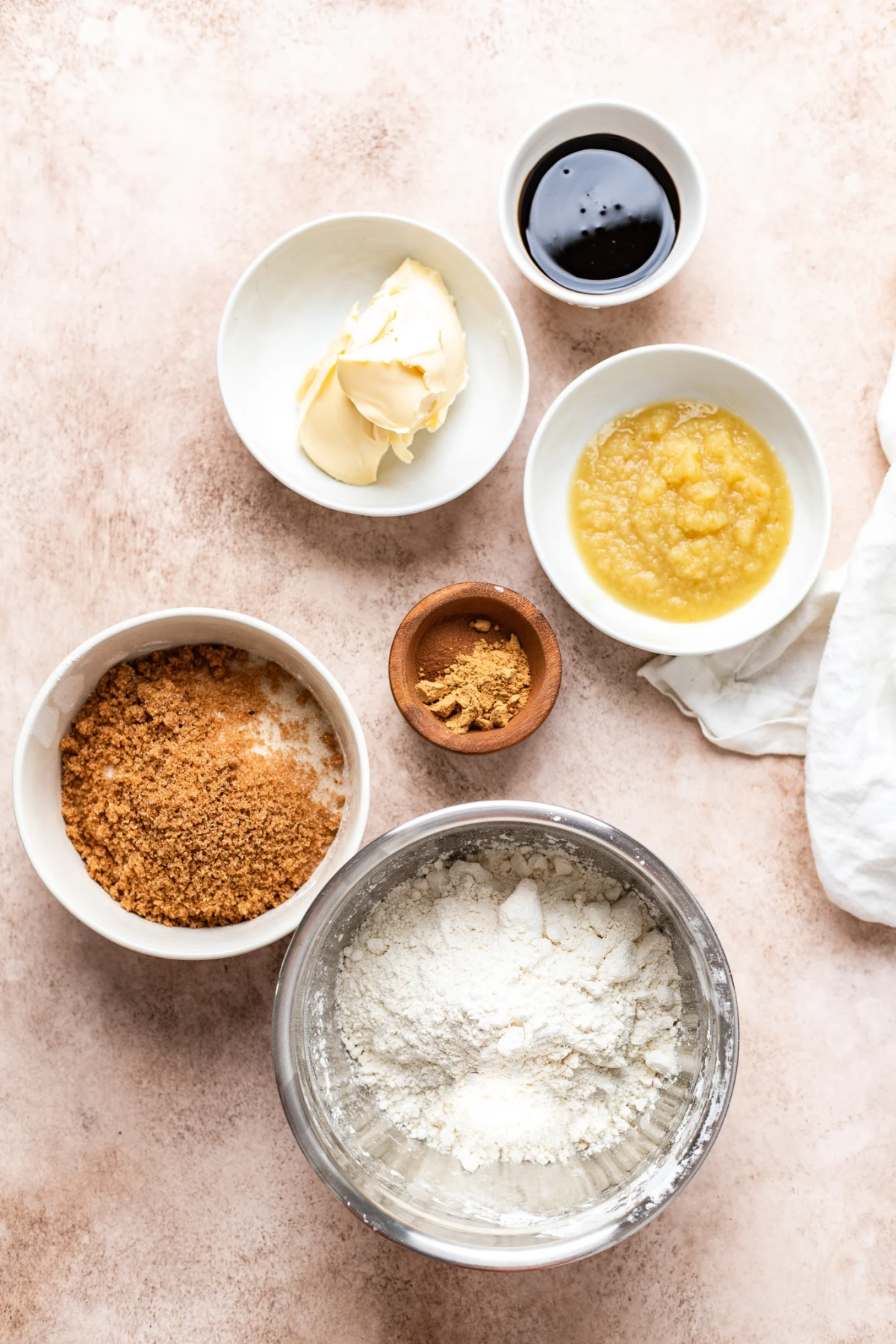
Kitchen Safety: The Cross-Contamination Chat
If you’re baking for someone with celiac disease, getting the ingredients right is only half the battle. You have to be a detective about preventing cross-contamination. I learned this the hard way after baking what I thought was a perfect batch of gluten-free brownies for a client. I’d used the same wooden rolling pin I used for my regular pies. Even though I washed it, tiny traces of gluten remained. The client had a reaction, and I was absolutely mortified. It taught me that diligence is everything.
Think about your tools. Glass, stainless steel, or silicone are your safest bets because they’re non-porous and clean up perfectly. Plastic cutting boards and mixing bowls are generally okay, but you should toss any that are heavily scratched, as gluten can hide in the grooves. And wood? To be frank, I avoid it entirely for dedicated gluten-free baking. It’s just too porous and can trap gluten particles no matter how well you scrub. Always line your baking sheets with parchment paper—it’s a cheap, foolproof barrier.
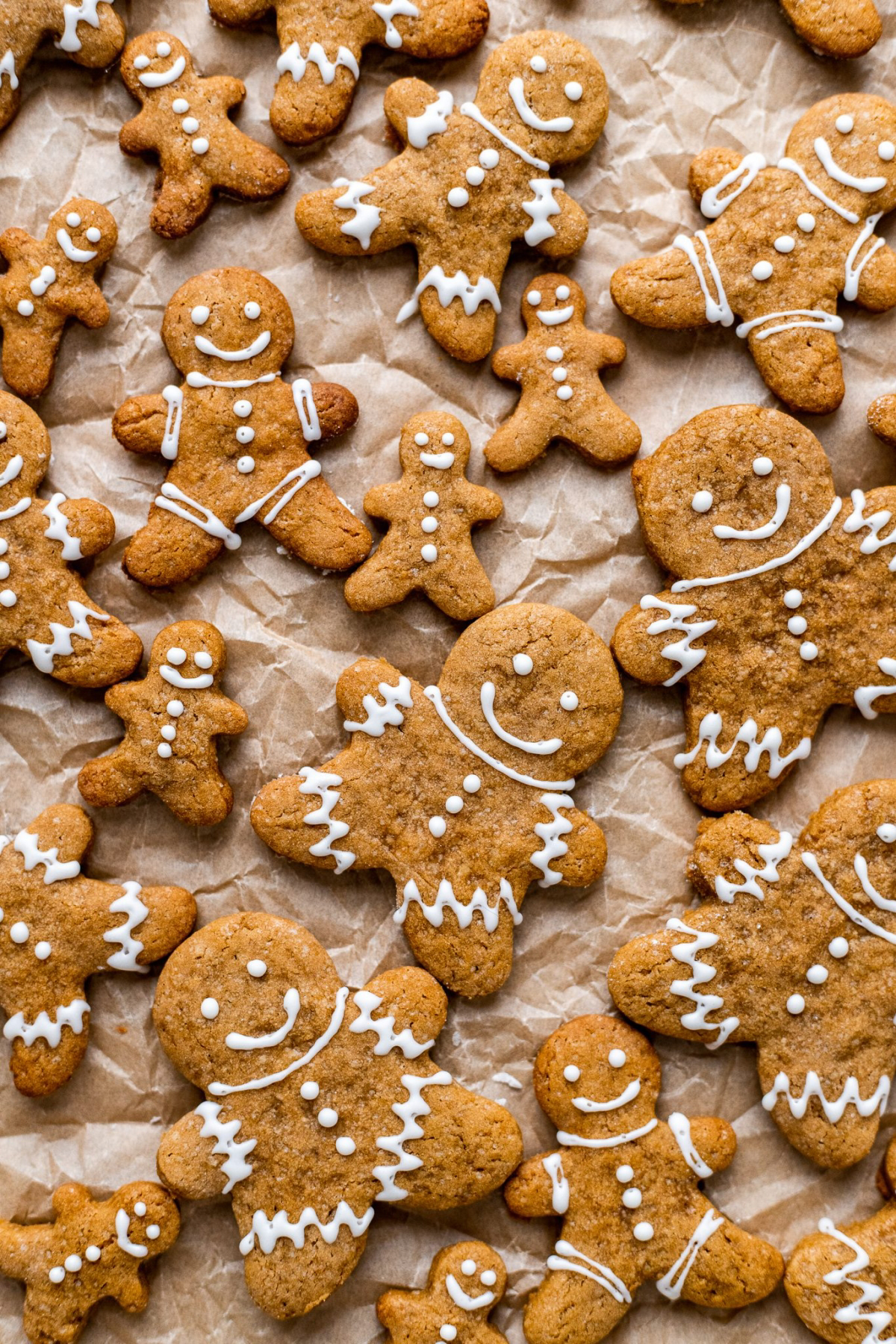
And don’t forget to read your labels! Gluten can hide in vanilla extract, baking powder, and especially sprinkles and chocolate chips. Make sure they are certified gluten-free. Oats are a big one; they must be certified gluten-free because they’re often contaminated in the fields where they grow.
Let’s Bake: From Theory to Cookies
Okay, enough talk. Let’s get our hands dirty with a few recipes that put these principles into practice.
1. Foundational Rolled Sugar Cookies
This is the ultimate test. It’s a simple recipe, which means there’s nowhere for mistakes to hide. Nailing a smooth, non-gritty dough that holds intricate shapes is a true mark of success.
The Ingredients:
- Gluten-Free All-Purpose Flour with Xanthan Gum: 330g (Use a good blend!)
- Unsalted Butter: 227g (1 cup), cold and cut into cubes
- Granulated Sugar: 200g (1 cup)
- Large Egg: 1, at room temperature
- Vanilla Extract: 2 tsp (check that it’s GF)
- Baking Powder: 1/2 tsp
- Salt: 1/2 tsp
The Method:
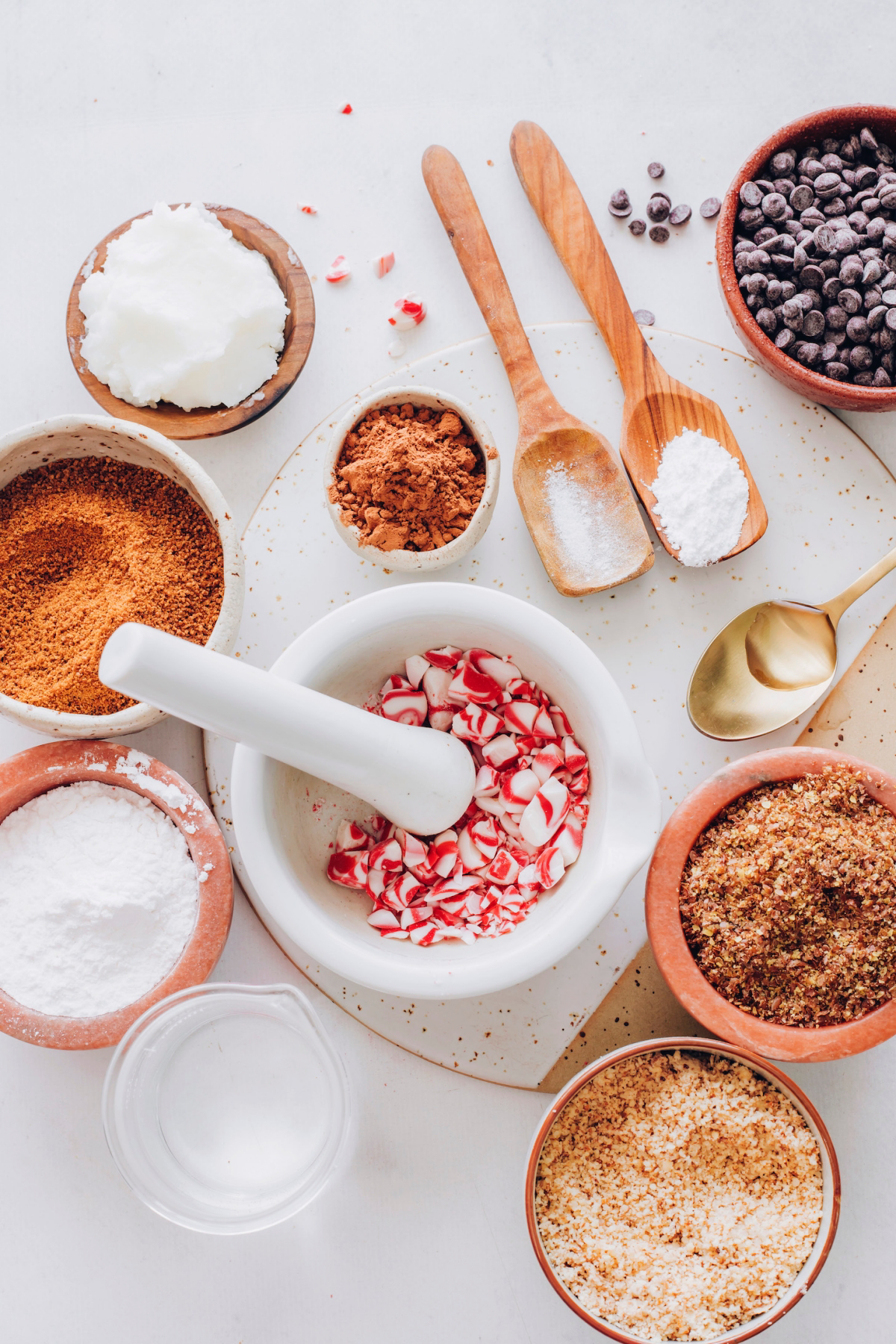
- In a medium bowl, just whisk together your 330g of GF flour, 1/2 tsp baking powder, and 1/2 tsp salt. Set it aside.
- In a big bowl (ideally with a mixer), beat the 227g of cold, cubed butter for a minute or two until it’s smooth.
- Add the 200g of sugar and beat on medium-high for a full 3-4 minutes. You’ll see it get visibly lighter and fluffier. That’s the magic happening.
- Mix in the room-temp egg and 2 tsp vanilla on low until just combined. Don’t forget to scrape the sides of the bowl.
- Add the flour mixture in two batches, mixing on low only until it disappears. Overmixing makes for tough cookies.
- The dough will be soft. Divide it in half, press each into a 1-inch thick disk, wrap tightly in plastic, and refrigerate for at least 2 hours. Again, don’t skip this!
- Preheat your oven to 350°F (175°C) and line your baking sheets with parchment paper.
- On a lightly floured surface (use your GF blend), roll one disk of dough to about 1/4-inch thick. Cut your shapes and place them an inch apart on the baking sheets.
- Bake for 10-12 minutes. You’re looking for edges that are just barely turning golden. The centers should look set and matte.
- Let them cool on the sheet for 5 minutes before moving them to a wire rack. They’re delicate when warm!
Troubleshooting:

- Problem: My cookies spread into flat discs. Solution: Your dough wasn’t cold enough. Either your butter was too warm to start, or you didn’t chill the dough long enough. A quick fix is to pop the tray of cut-out cookies into the freezer for 15 minutes before baking.
- Problem: They taste gritty or sandy. Solution: The flour didn’t get enough time to hydrate. A 2-hour chill is the bare minimum, but honestly, an overnight rest gives the absolute best texture.
- Problem: My dough is too crumbly to roll out. Solution: It’s likely a tad too dry. Try kneading in a single teaspoon of milk or water with your hands. Add it slowly; you want the dough to just come together, not get sticky.
Quick Win: In a hurry? Instead of rolling and cutting, form the dough into a 2-inch log, wrap and chill it, then simply slice and bake. You get classic icebox cookies with all the flavor and half the fuss.

Make-Ahead & Storage: The wrapped dough disks can be frozen for up to 3 months! Just thaw overnight in the fridge before rolling. Baked cookies stay fresh in an airtight container for about 5 days.
2. Chewy Spiced Gingerbread Cookies
A good gingerbread cookie should have a deep, spicy flavor and a satisfying chew, not snap like a cracker. Molasses is our secret weapon here, providing flavor, moisture, and the acidity needed for a tender texture.
The Ingredients:
- Gluten-Free All-Purpose Flour with Xanthan Gum: 390g
- Unsalted Butter: 113g (1/2 cup), properly softened to about 65°F
- Brown Sugar: 100g (1/2 cup), packed
- Unsulphured Molasses: 160g (1/2 cup). Don’t use blackstrap; it’s too bitter.
- Large Egg: 1, at room temperature
- Spices: 2 tsp ground ginger, 1.5 tsp cinnamon, 1/2 tsp allspice, 1/4 tsp cloves
- Baking Soda: 1 tsp
- Salt: 1/2 tsp
The Method:
- Whisk the 390g of flour, 1 tsp baking soda, all those wonderful spices, and 1/2 tsp salt in a large bowl.
- In your mixer, cream the 113g of softened butter and 100g of brown sugar for 2-3 minutes until smooth.
- Beat in the 160g of molasses and the egg. The mixture might look a little separated—don’t panic, this is normal!
- Add the dry ingredients and mix on low until a sticky, incredibly fragrant dough forms.
- Divide, wrap, and chill this dough for at least 3 hours. It’s stickier than the sugar cookie dough, so it needs the extra time to firm up.
- Preheat the oven to 350°F (175°C) and line your sheets with parchment.
- Roll the dough to 1/4-inch thickness on a well-floured surface and cut your shapes.
- Bake for 9-11 minutes. They’ll look puffy and soft. Don’t overbake them, or they’ll get hard as they cool.
- Let them cool on the baking sheet for 5 minutes before moving them to a wire rack.
Make-Ahead & Storage: This dough also freezes beautifully for up to 3 months. Baked gingerbread cookies are sturdy and will last in an airtight container for over a week, and their flavor actually deepens after a day or two.
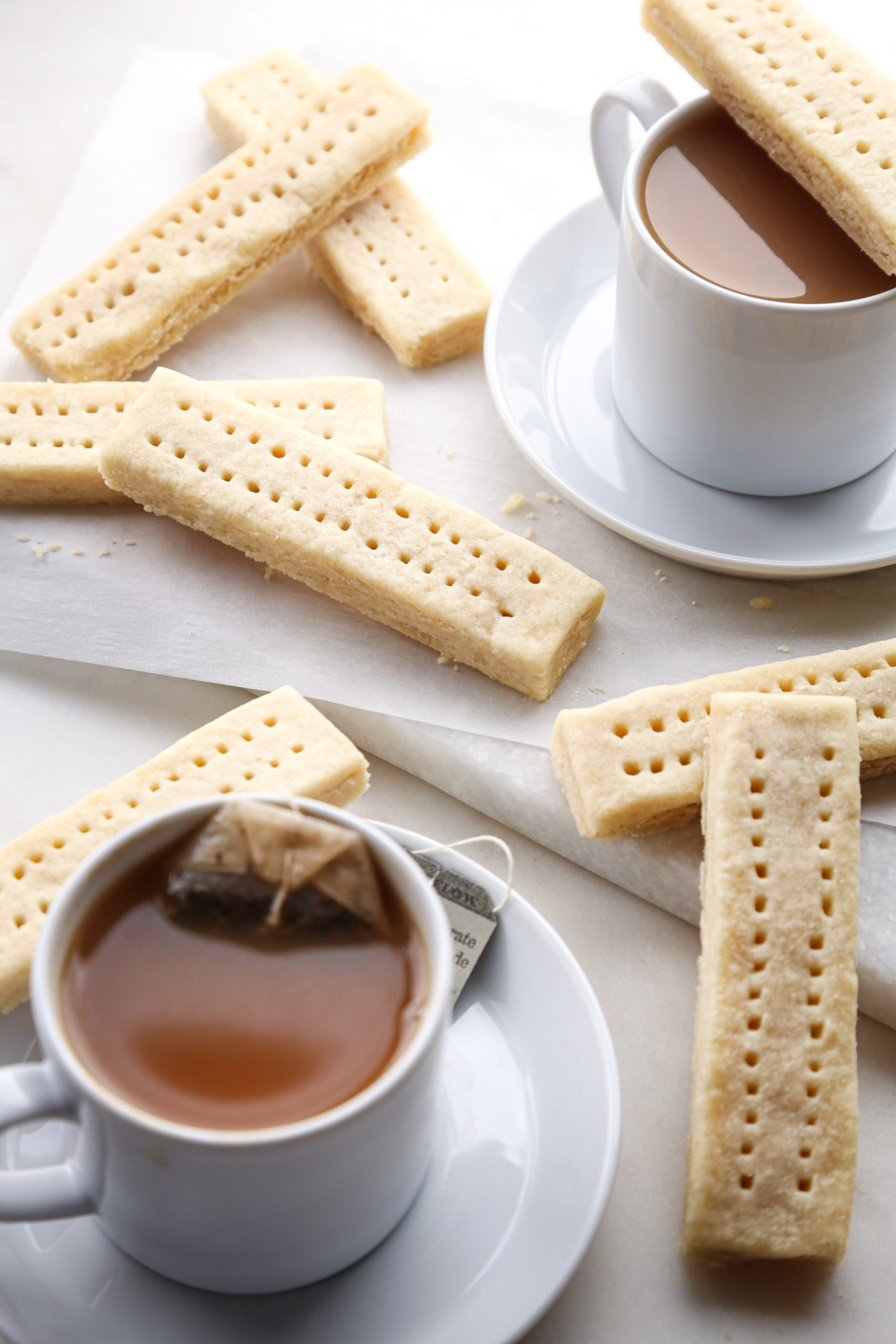
3. Brown Butter and Almond Shortbread
This is where we get a little fancy. Browning the butter is a simple technique that creates an incredibly nutty, complex flavor that is just divine with almond flour. This is a delicate, sophisticated, melt-in-your-mouth cookie.
The Ingredients:
- Unsalted Butter: 227g (1 cup)
- Powdered Sugar: 100g (1 cup)
- Gluten-Free All-Purpose Flour: 180g (no extra xanthan gum needed for this one)
- Fine Blanched Almond Flour: 60g (this adds amazing flavor and texture)
- Vanilla Extract: 1 tsp
- Salt: 1/2 tsp
The Method:
- First, brown the butter. Place the 227g of butter in a light-colored saucepan over medium heat. Let it melt, then keep cooking. It will foam up, then the foam will die down. Swirl the pan often. You’re looking for little brown specks to form at the bottom and an incredible smell, like toasted pecans. The color should be a lovely amber. Pull it off the heat immediately and pour it into a heatproof bowl to stop the cooking. If it smells acrid or burnt, you’ve gone too far—sadly, there’s no saving it, and you have to start over.
- Let the brown butter cool until it’s a solid, paste-like consistency. You can pop it in the fridge for about 30-40 minutes to speed this up, just give it a stir every 10 minutes.
- Whisk together your 180g GF flour, 60g almond flour, and 1/2 tsp salt.
- In a mixer, beat the cooled brown butter paste and 100g of powdered sugar until smooth. Then, add the 1 tsp of vanilla.
- Mix in the dry ingredients on low until a soft dough comes together.
- Form the dough into a log about 2 inches in diameter, wrap it tightly, and chill for at least 1 hour until it’s nice and firm.
- Preheat your oven to a lower temp, 325°F (165°C), to keep these delicate cookies from browning too fast.
- Slice the chilled log into 1/3-inch thick rounds and place them on parchment-lined sheets.
- Bake for 13-15 minutes, until the edges are just a pale, light golden brown. They will feel soft but will firm up as they cool.
- Let these cool completely on the baking sheet. They are very fragile when warm!
Make-Ahead & Storage: The dough log can be frozen for up to 3 months. Slice and bake directly from frozen, adding a couple of extra minutes to the baking time. These cookies keep well in an airtight container for up to a week.
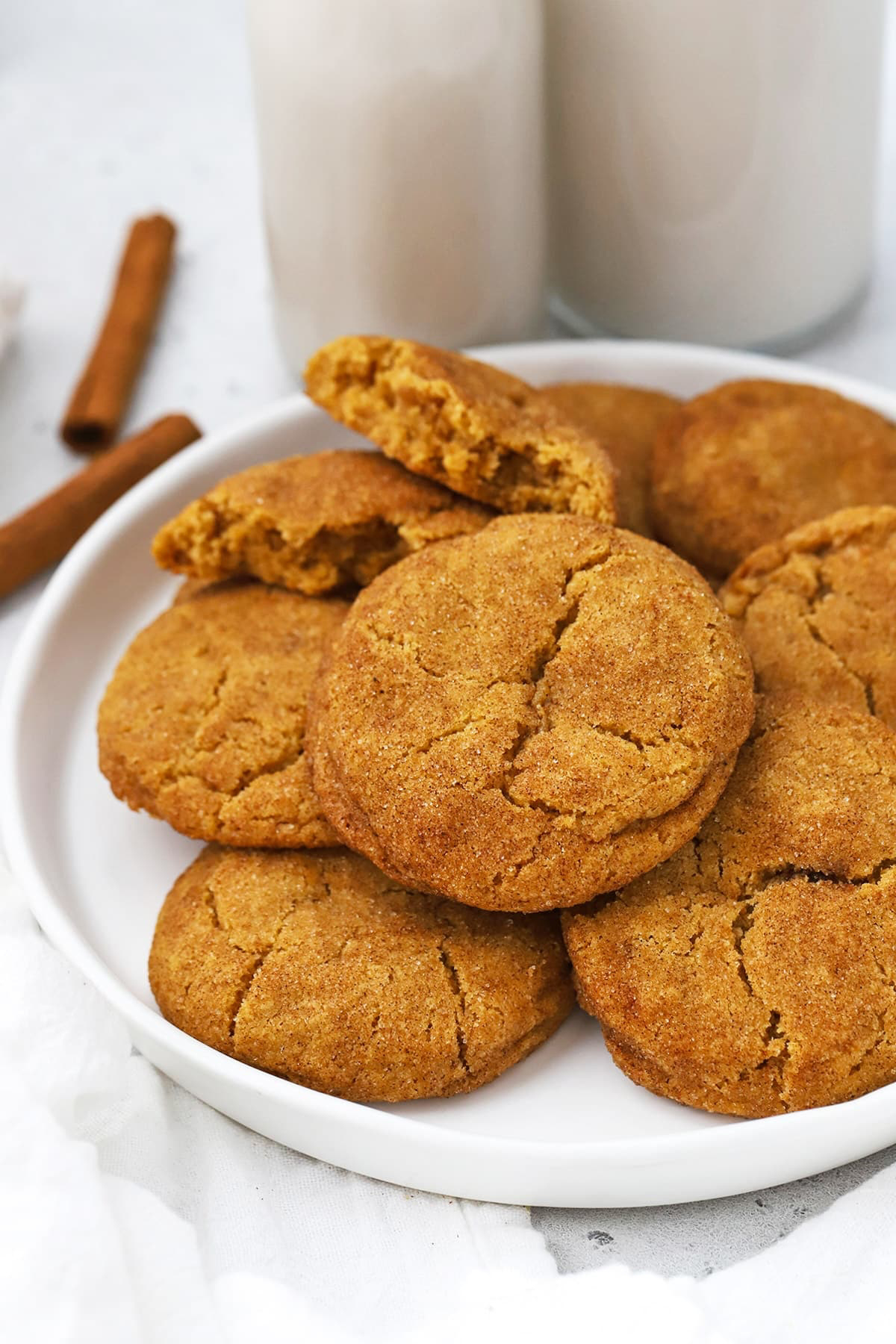
Final Thoughts: It’s All About Confidence
Baking gluten-free is a skill, and just like any other craft, it takes practice and a feel for the materials. Please don’t get discouraged if a batch doesn’t turn out perfectly. I’ve thrown away more failed experiments than I can count. Each one teaches you something new.
Pay attention to how the dough feels. Notice the incredible difference a long chill makes. Start by following these recipes closely, and once you get the hang of the principles, you can start to play. You can convert old family favorites or invent something totally new. The whole point is to bring the joy back to baking and to share something delicious and safe with the people you love. You’ve got this. Happy baking!
Galerie d’inspiration
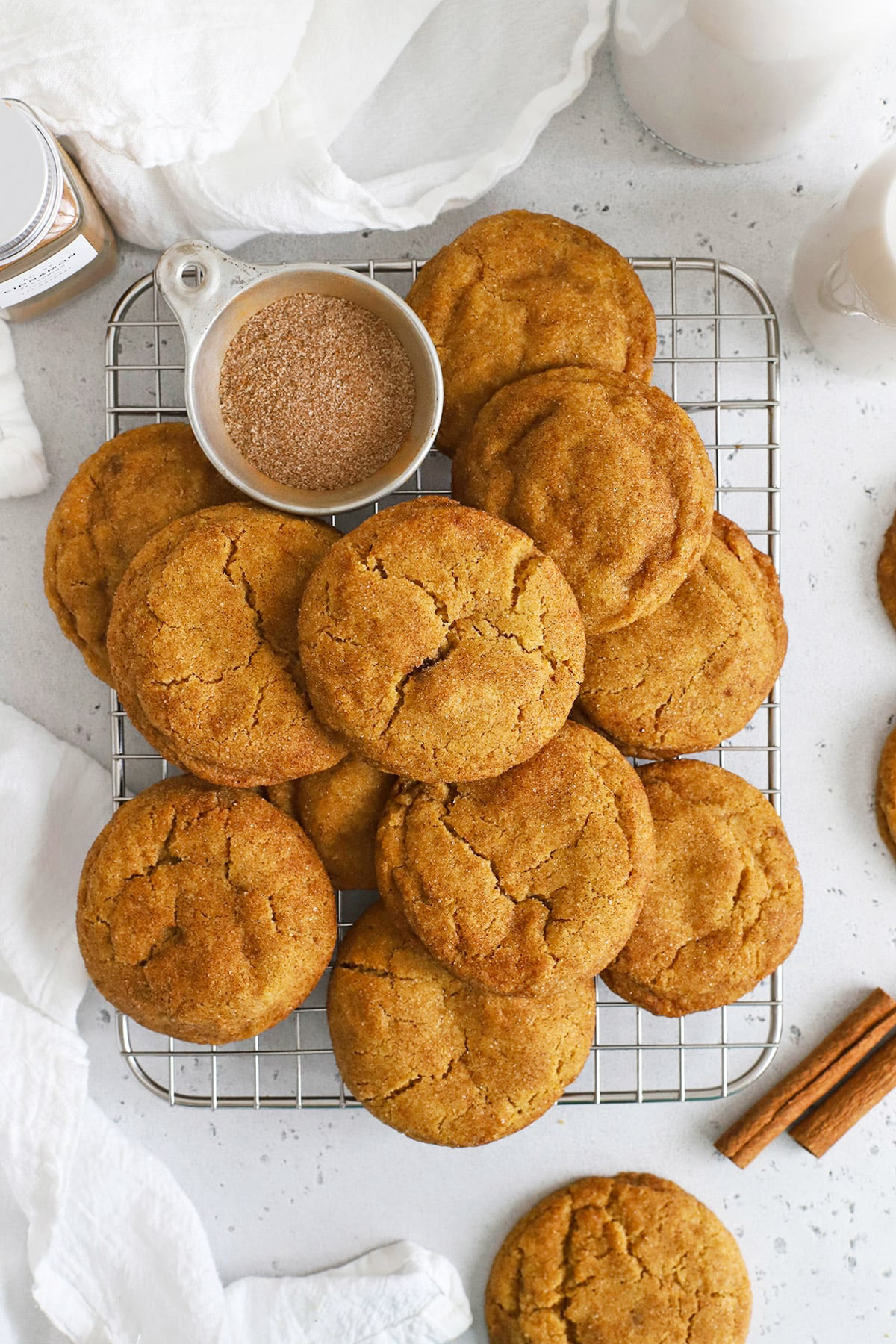
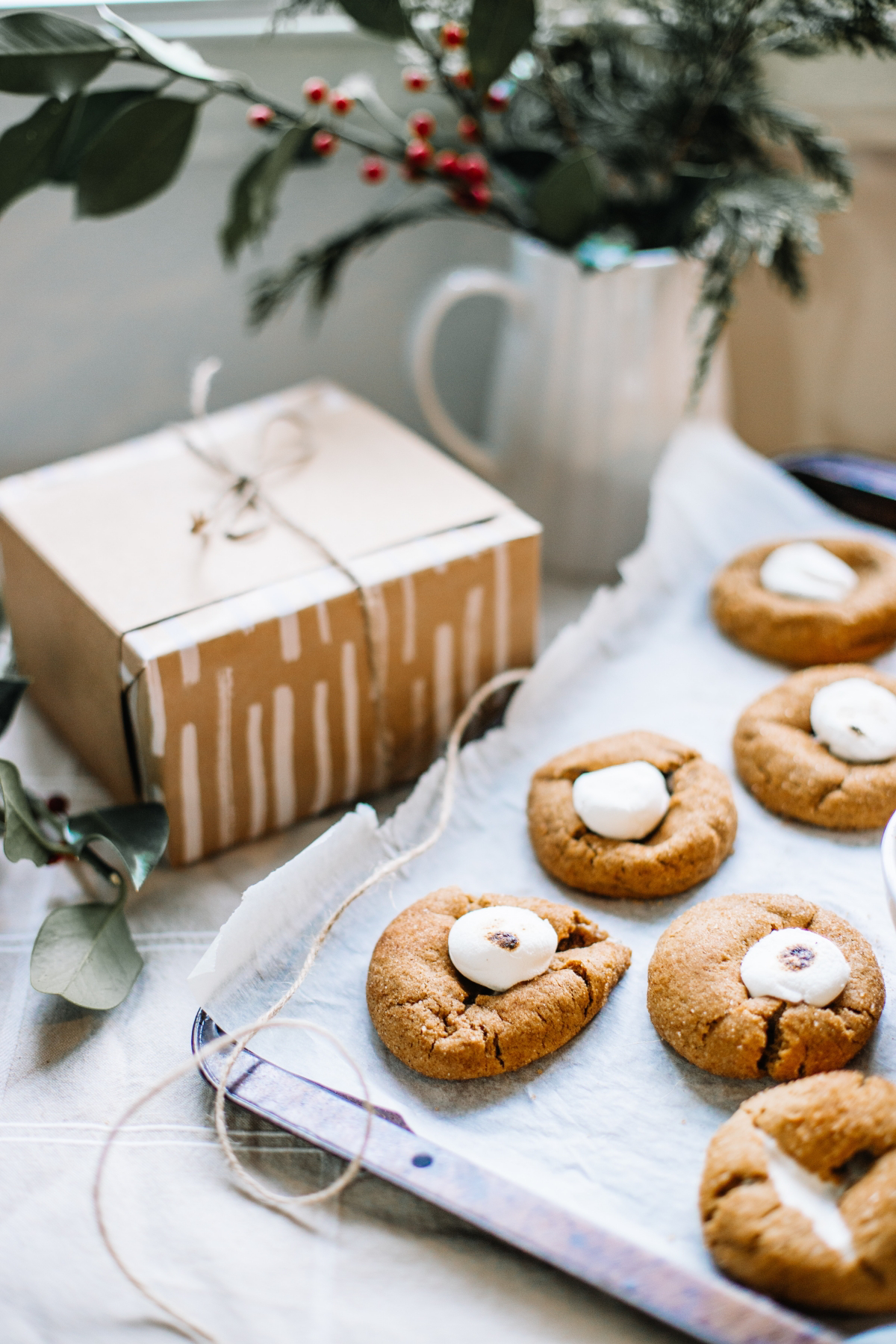
My gluten-free cookies are a crumbly mess, even with a good flour blend. What am I missing?
It’s almost certainly the binder! Your flour blend provides the substance, but you need something to mimic gluten’s elasticity. This is where xanthan gum becomes your best friend. It’s a plant-based stabilizer that creates a ‘web’ to hold moisture and prevent your beautiful cookies from turning into sand. For most cookie recipes, a little goes a long way: start with just 1/4 teaspoon per 1 cup (approx. 120g) of your GF flour blend. A reliable brand like Bob’s Red Mill is a great place to start.
More than 80% of the flavor in holiday baking comes from spices, not the base ingredients.
In gluten-free baking, this is your secret weapon. Since alternative flours can have their own distinct taste, leaning into bold, festive spices not only creates that nostalgic holiday feeling but also beautifully balances the flavor profile. Don’t be shy with high-quality ground cinnamon, nutmeg, ginger, and even a pinch of cardamom or allspice. The warmth they provide makes any cookie taste intentionally gourmet, not like a compromise.










